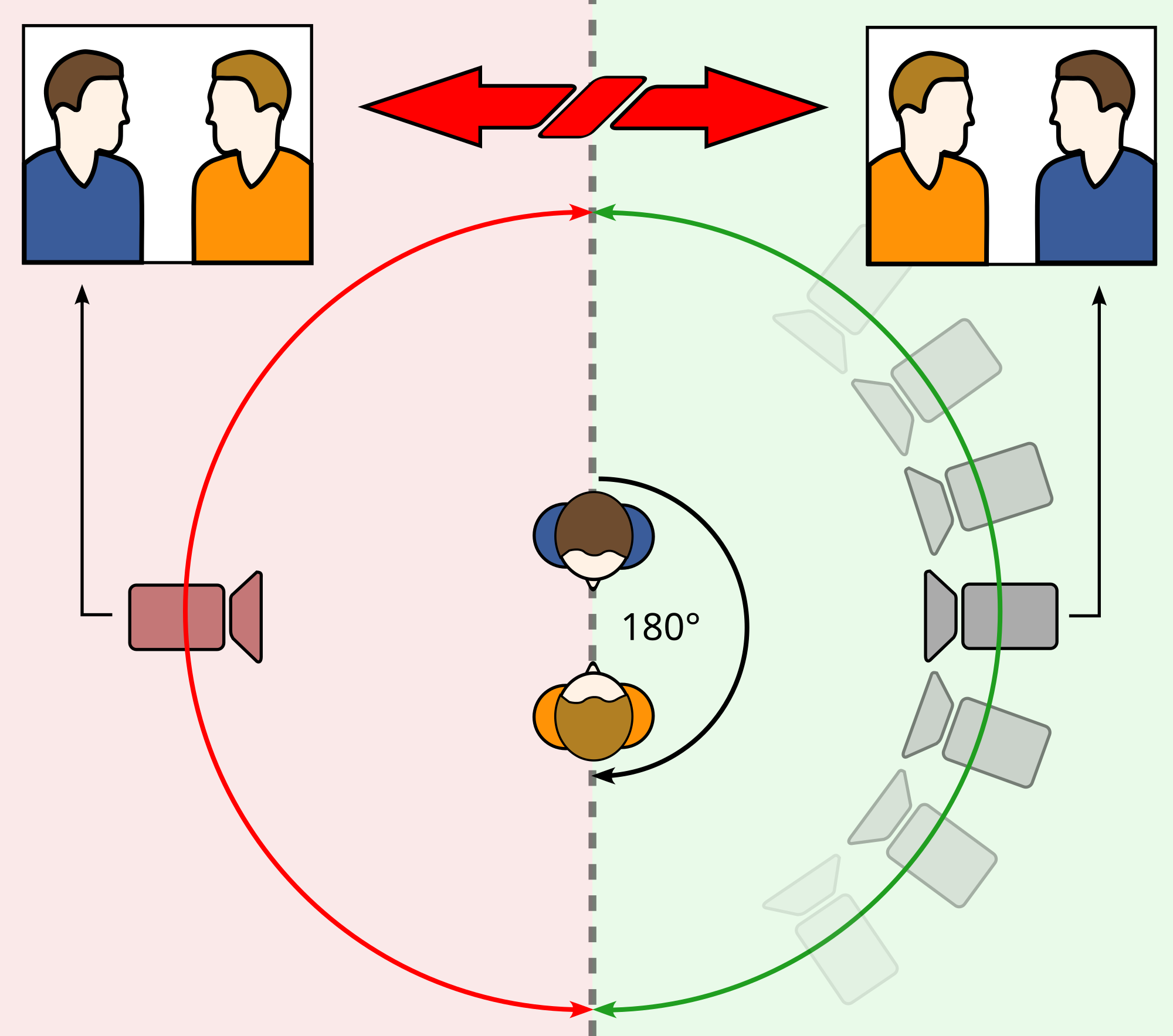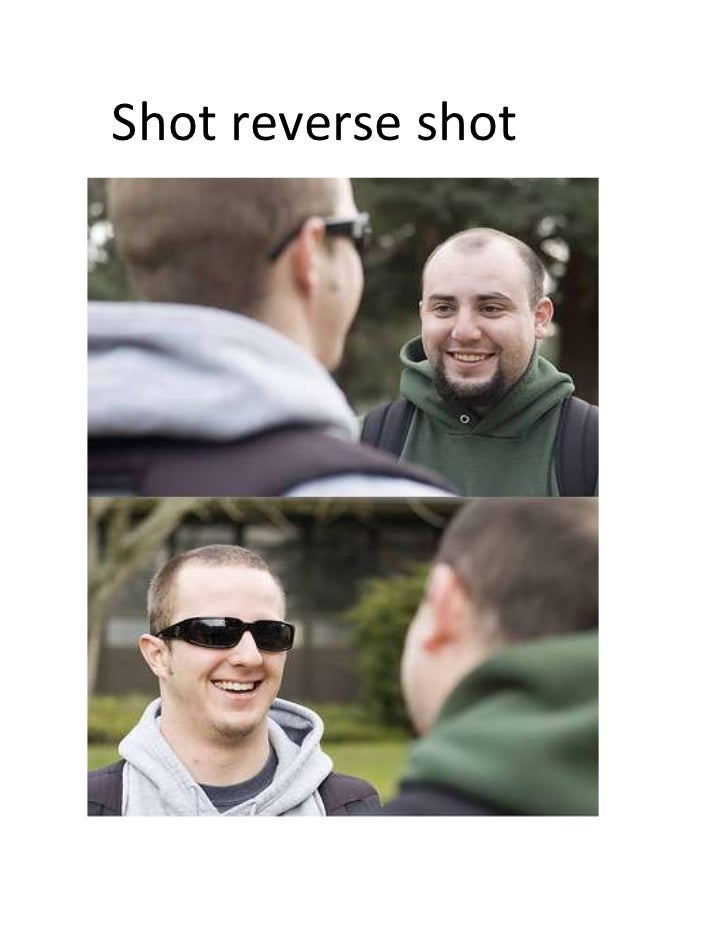 Throughout the film Stand by Me there is a recurring theme of storytelling. The film itself is an alteration of the novel; The Body by Stephen King. The majority of the film is also narrated by the main character looking back on his past after his friend dies. Gordie looks back on his childhood and writes a book about a specific adventure he experienced with his then close friends and narrates most of the film himself. This technique gives us a more personal experience of the film because we partly feel like it's being read to us and also we get to learn more of the characters emotions. The character is able to open up to us and tell us the things he was feeling or experiencing at the time but didn't necessarily share with his friends in the actual moment, so if it wasn't for the narration we probably wouldn't have found those things out. An example of this is when Gordie is sat on the train tracks in the morning and he sits and watches that deer, he doesn't tell any of his friends about it at the time because they would be annoyed at him for not killing it for food, but because of the narration we find out about it.
Throughout the film Stand by Me there is a recurring theme of storytelling. The film itself is an alteration of the novel; The Body by Stephen King. The majority of the film is also narrated by the main character looking back on his past after his friend dies. Gordie looks back on his childhood and writes a book about a specific adventure he experienced with his then close friends and narrates most of the film himself. This technique gives us a more personal experience of the film because we partly feel like it's being read to us and also we get to learn more of the characters emotions. The character is able to open up to us and tell us the things he was feeling or experiencing at the time but didn't necessarily share with his friends in the actual moment, so if it wasn't for the narration we probably wouldn't have found those things out. An example of this is when Gordie is sat on the train tracks in the morning and he sits and watches that deer, he doesn't tell any of his friends about it at the time because they would be annoyed at him for not killing it for food, but because of the narration we find out about it. As well as these two things being related to story telling there is also the fact that Gordie's hobby is writing and creating stories. His friend Chris throughout the film gives Gordie self confidence and self belief about his writing is good because he can see he doubts himself about his ability and intelligence. This is probably because Gordie's dad used to tell him that he wasn't very good at it and it wouldn't get him anywhere in the world. We know this because there is a scene where Chris tells Gordie he's going to be a writer when he's older and Gordie snaps back "I don't want to be a writer. It's stupid" and Chris says "that's your dad talking". At the beginning of the film we see Gordie as an adult and he is reflecting on his childhood and telling the viewers a story and at the end of the film we actually see that Gordie has written the story down meaning that he has also made it into a book.
As well as these two things being related to story telling there is also the fact that Gordie's hobby is writing and creating stories. His friend Chris throughout the film gives Gordie self confidence and self belief about his writing is good because he can see he doubts himself about his ability and intelligence. This is probably because Gordie's dad used to tell him that he wasn't very good at it and it wouldn't get him anywhere in the world. We know this because there is a scene where Chris tells Gordie he's going to be a writer when he's older and Gordie snaps back "I don't want to be a writer. It's stupid" and Chris says "that's your dad talking". At the beginning of the film we see Gordie as an adult and he is reflecting on his childhood and telling the viewers a story and at the end of the film we actually see that Gordie has written the story down meaning that he has also made it into a book.





